Yuanhao Yu
Constrained Gaussian Wasserstein Optimal Transport with Commutative Covariance Matrices
Mar 05, 2025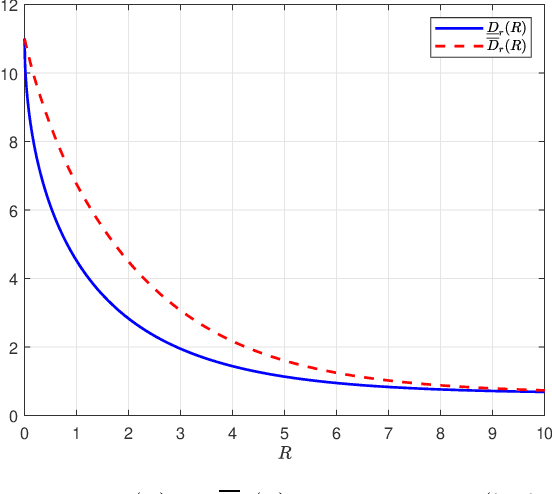
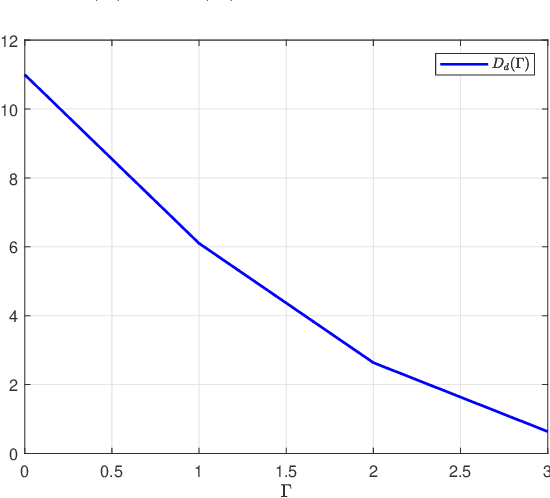
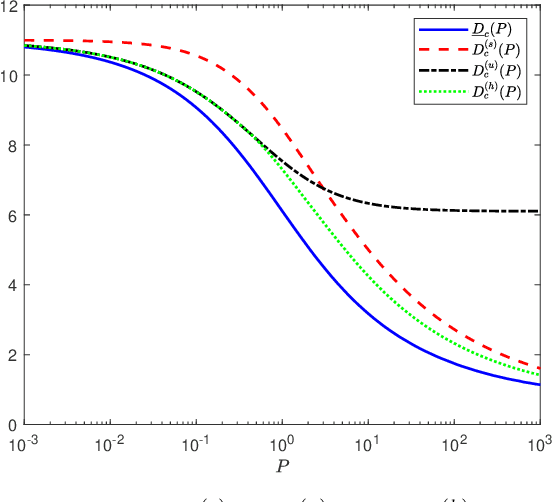
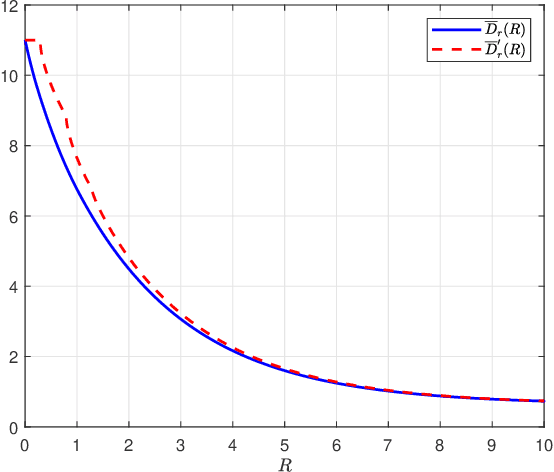
Abstract:Optimal transport has found widespread applications in signal processing and machine learning. Among its many equivalent formulations, optimal transport seeks to reconstruct a random variable/vector with a prescribed distribution at the destination while minimizing the expected distortion relative to a given random variable/vector at the source. However, in practice, certain constraints may render the optimal transport plan infeasible. In this work, we consider three types of constraints: rate constraints, dimension constraints, and channel constraints, motivated by perception-aware lossy compression, generative principal component analysis, and deep joint source-channel coding, respectively. Special attenion is given to the setting termed Gaussian Wasserstein optimal transport, where both the source and reconstruction variables are multivariate Gaussian, and the end-to-end distortion is measured by the mean squared error. We derive explicit results for the minimum achievable mean squared error under the three aforementioned constraints when the covariance matrices of the source and reconstruction variables commute.
Adapting to Distribution Shift by Visual Domain Prompt Generation
May 05, 2024Abstract:In this paper, we aim to adapt a model at test-time using a few unlabeled data to address distribution shifts. To tackle the challenges of extracting domain knowledge from a limited amount of data, it is crucial to utilize correlated information from pre-trained backbones and source domains. Previous studies fail to utilize recent foundation models with strong out-of-distribution generalization. Additionally, domain-centric designs are not flavored in their works. Furthermore, they employ the process of modelling source domains and the process of learning to adapt independently into disjoint training stages. In this work, we propose an approach on top of the pre-computed features of the foundation model. Specifically, we build a knowledge bank to learn the transferable knowledge from source domains. Conditioned on few-shot target data, we introduce a domain prompt generator to condense the knowledge bank into a domain-specific prompt. The domain prompt then directs the visual features towards a particular domain via a guidance module. Moreover, we propose a domain-aware contrastive loss and employ meta-learning to facilitate domain knowledge extraction. Extensive experiments are conducted to validate the domain knowledge extraction. The proposed method outperforms previous work on 5 large-scale benchmarks including WILDS and DomainNet.
Test-Time Personalization with Meta Prompt for Gaze Estimation
Jan 03, 2024Abstract:Despite the recent remarkable achievement in gaze estimation, efficient and accurate personalization of gaze estimation without labels is a practical problem but rarely touched on in the literature. To achieve efficient personalization, we take inspiration from the recent advances in Natural Language Processing (NLP) by updating a negligible number of parameters, "prompts", at the test time. Specifically, the prompt is additionally attached without perturbing original network and can contain less than 1% of a ResNet-18's parameters. Our experiments show high efficiency of the prompt tuning approach. The proposed one can be 10 times faster in terms of adaptation speed than the methods compared. However, it is non-trivial to update the prompt for personalized gaze estimation without labels. At the test time, it is essential to ensure that the minimizing of particular unsupervised loss leads to the goals of minimizing gaze estimation error. To address this difficulty, we propose to meta-learn the prompt to ensure that its updates align with the goal. Our experiments show that the meta-learned prompt can be effectively adapted even with a simple symmetry loss. In addition, we experiment on four cross-dataset validations to show the remarkable advantages of the proposed method.
Meta-DMoE: Adapting to Domain Shift by Meta-Distillation from Mixture-of-Experts
Oct 08, 2022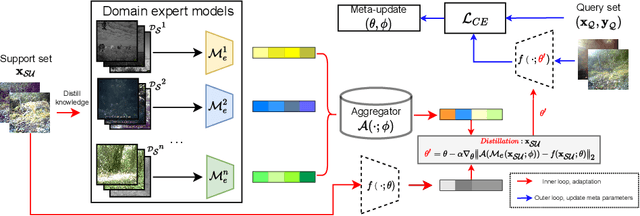

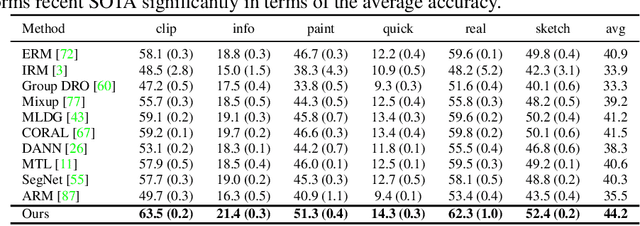

Abstract:In this paper, we tackle the problem of domain shift. Most existing methods perform training on multiple source domains using a single model, and the same trained model is used on all unseen target domains. Such solutions are sub-optimal as each target domain exhibits its own speciality, which is not adapted. Furthermore, expecting the single-model training to learn extensive knowledge from the multiple source domains is counterintuitive. The model is more biased toward learning only domain-invariant features and may result in negative knowledge transfer. In this work, we propose a novel framework for unsupervised test-time adaptation, which is formulated as a knowledge distillation process to address domain shift. Specifically, we incorporate Mixture-of-Experts (MoE) as teachers, where each expert is separately trained on different source domains to maximize their speciality. Given a test-time target domain, a small set of unlabeled data is sampled to query the knowledge from MoE. As the source domains are correlated to the target domains, a transformer-based aggregator then combines the domain knowledge by examining the interconnection among them. The output is treated as a supervision signal to adapt a student prediction network toward the target domain. We further employ meta-learning to enforce the aggregator to distill positive knowledge and the student network to achieve fast adaptation. Extensive experiments demonstrate that the proposed method outperforms the state-of-the-art and validates the effectiveness of each proposed component. Our code is available at https://github.com/n3il666/Meta-DMoE.
Improving ProtoNet for Few-Shot Video Object Recognition: Winner of ORBIT Challenge 2022
Oct 01, 2022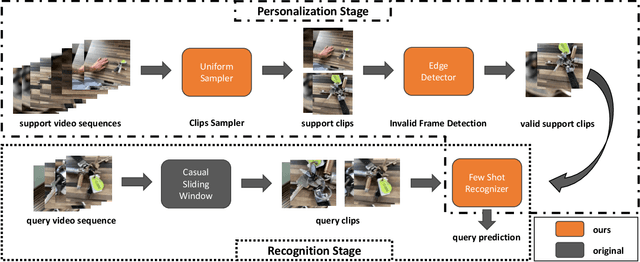

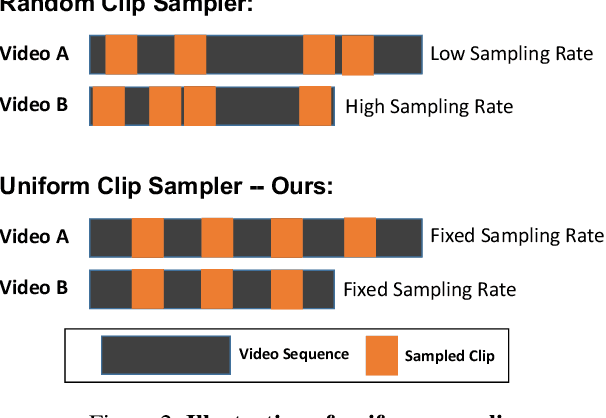
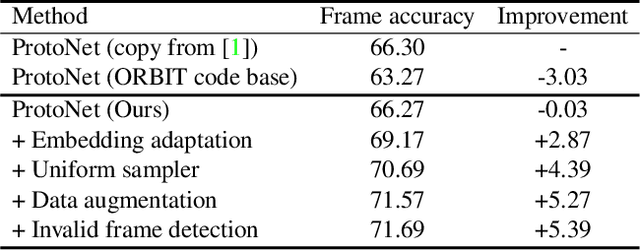
Abstract:In this work, we present the winning solution for ORBIT Few-Shot Video Object Recognition Challenge 2022. Built upon the ProtoNet baseline, the performance of our method is improved with three effective techniques. These techniques include the embedding adaptation, the uniform video clip sampler and the invalid frame detection. In addition, we re-factor and re-implement the official codebase to encourage modularity, compatibility and improved performance. Our implementation accelerates the data loading in both training and testing.
Error-Aware Spatial Ensembles for Video Frame Interpolation
Jul 25, 2022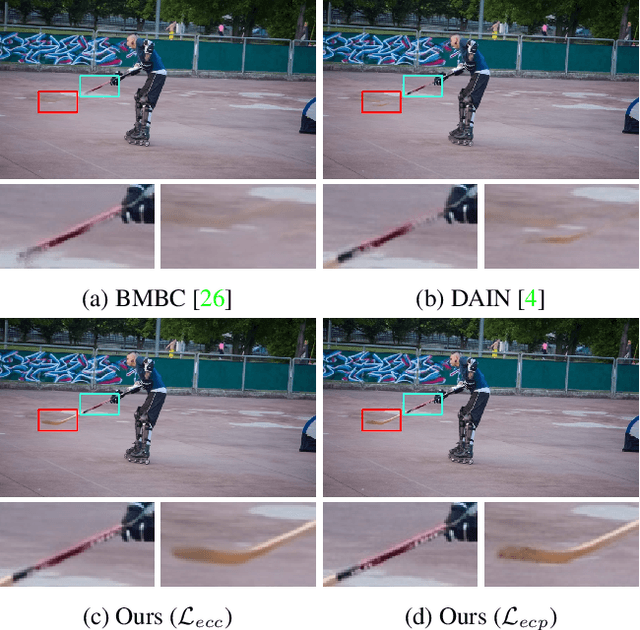

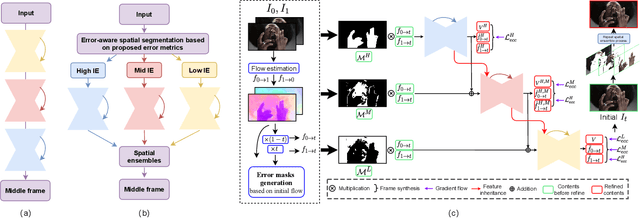

Abstract:Video frame interpolation~(VFI) algorithms have improved considerably in recent years due to unprecedented progress in both data-driven algorithms and their implementations. Recent research has introduced advanced motion estimation or novel warping methods as the means to address challenging VFI scenarios. However, none of the published VFI works considers the spatially non-uniform characteristics of the interpolation error (IE). This work introduces such a solution. By closely examining the correlation between optical flow and IE, the paper proposes novel error prediction metrics that partition the middle frame into distinct regions corresponding to different IE levels. Building upon this IE-driven segmentation, and through the use of novel error-controlled loss functions, it introduces an ensemble of spatially adaptive interpolation units that progressively processes and integrates the segmented regions. This spatial ensemble results in an effective and computationally attractive VFI solution. Extensive experimentation on popular video interpolation benchmarks indicates that the proposed solution outperforms the current state-of-the-art (SOTA) in applications of current interest.
Few-Shot Class-Incremental Learning via Entropy-Regularized Data-Free Replay
Jul 22, 2022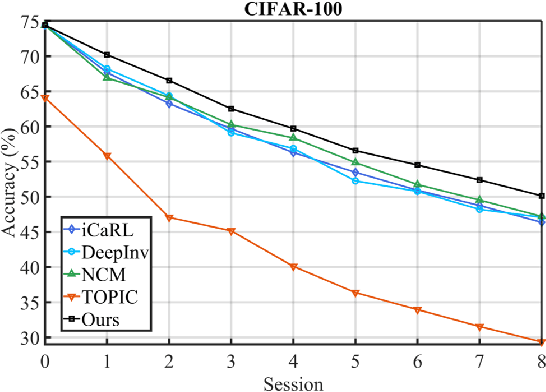
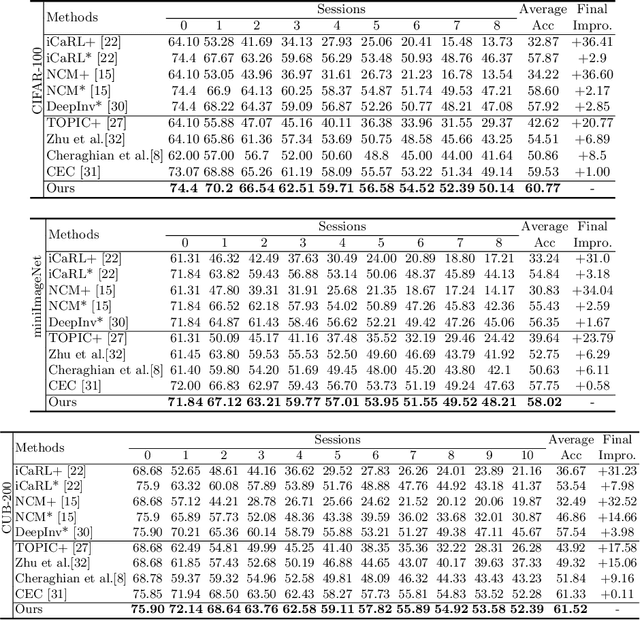


Abstract:Few-shot class-incremental learning (FSCIL) has been proposed aiming to enable a deep learning system to incrementally learn new classes with limited data. Recently, a pioneer claims that the commonly used replay-based method in class-incremental learning (CIL) is ineffective and thus not preferred for FSCIL. This has, if truth, a significant influence on the fields of FSCIL. In this paper, we show through empirical results that adopting the data replay is surprisingly favorable. However, storing and replaying old data can lead to a privacy concern. To address this issue, we alternatively propose using data-free replay that can synthesize data by a generator without accessing real data. In observing the the effectiveness of uncertain data for knowledge distillation, we impose entropy regularization in the generator training to encourage more uncertain examples. Moreover, we propose to relabel the generated data with one-hot-like labels. This modification allows the network to learn by solely minimizing the cross-entropy loss, which mitigates the problem of balancing different objectives in the conventional knowledge distillation approach. Finally, we show extensive experimental results and analysis on CIFAR-100, miniImageNet and CUB-200 to demonstrate the effectiveness of our proposed one.
S-Rocket: Selective Random Convolution Kernels for Time Series Classification
Mar 07, 2022



Abstract:Random convolution kernel transform (Rocket) is a fast, efficient, and novel approach for time series feature extraction, using a large number of randomly initialized convolution kernels, and classification of the represented features with a linear classifier, without training the kernels. Since these kernels are generated randomly, a portion of these kernels may not positively contribute in performance of the model. Hence, selection of the most important kernels and pruning the redundant and less important ones is necessary to reduce computational complexity and accelerate inference of Rocket. Selection of these kernels is a combinatorial optimization problem. In this paper, the kernels selection process is modeled as an optimization problem and a population-based approach is proposed for selecting the most important kernels. This approach is evaluated on the standard time series datasets and the results show that on average it can achieve a similar performance to the original models by pruning more than 60% of kernels. In some cases, it can achieve a similar performance using only 1% of the kernels.
 Add to Chrome
Add to Chrome Add to Firefox
Add to Firefox Add to Edge
Add to Edge